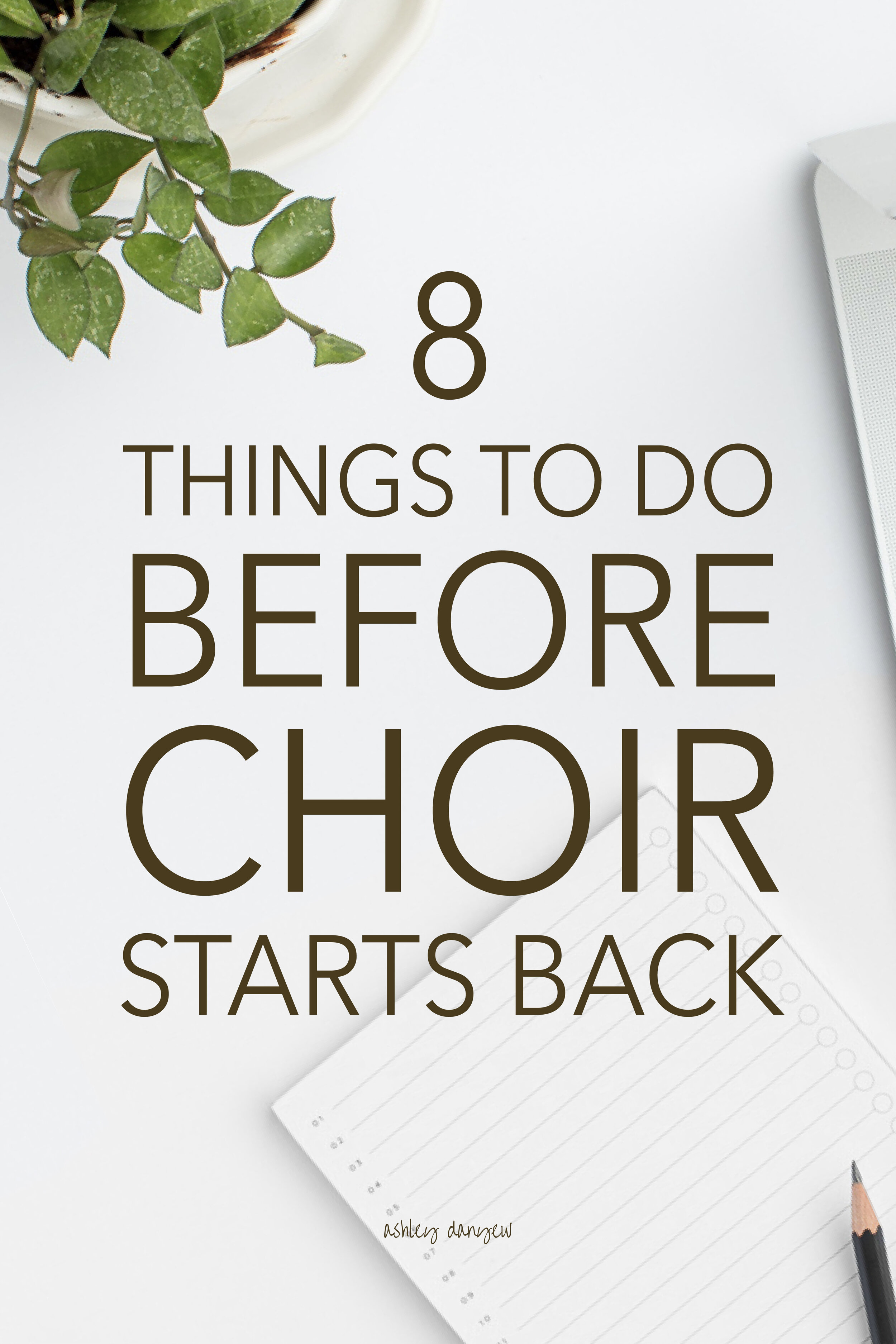There are lots of thoughts and opinions out there on choral seating formations: some swear by sopranos and altos in front with tenors and basses behind, others advocate for stacking sections (front-to-back), and still others say mixed formations are the way to go.
The truth is, there's really no right or wrong way to do it, though you may find some formations work better for your group or for particular pieces you're singing.
That's why, in today's post, I'm sharing ten different ways to seat a choir. I'm also mixing things up a little by sharing my first-ever infographic! Before we get into seating formations though, let's talk about one basic principle that applies no matter what:
The Power of the Curve
Sitting or standing in a curved formation makes a huge difference with listening, tuning, and choral blend (source). In The School Choral Program (2008), Michele and Holt and James Jordan describe two key reasons why sitting or standing in straight rows causes problems:
“A more straight or flat arrangement poses two problems: First, the singers will find it more difficult to hear each other, and consequently, intonation will suffer. Second, singers who sit in a more horizontal fashion will find it difficult, if not impossible, to achieve a blended sound” (p. 162).
Ready to get started? Take a look at the infographic below:
*Disclosure: I get commissions for purchases made through links in this post.
Voice Sections
This may be the most common way to seat choirs.
One benefit of these arrangements is the "strength in numbers" adage: less-experienced singers tend to feel more comfortable when surrounded by other people singing their part. Seating the women in front can help everyone see better when standing (assuming that the men in your choir are taller than the women!). However, it can be challenging to hear in this formation (thus leading to tuning problems) and less-confident singers can hide in the shadow of someone with a bigger voice (source).
Mixed Formations
Mixed formations tend to help with listening and tuning across the ensemble. They also help singers develop independence, as they are often seated next to people singing different parts.
If you have a choir with more women than men, you might consider seating the basses and tenors in the middle, stacked back-to-front, with sopranos and altos divided on either side. This helps balance the treble/bass in the ensemble. Weston Noble often seated the altos in front, noting this helps them hear better and helps temper the soprano sound (source).
It can be more challenging to rehearse in mixed formation, as it's difficult to cue entrances or work with specific sections. Also, though mixed formation does tend to help with balance and blend, it is not as effective for antiphonal or polyphonic works or pieces with independent lines.
Quartets
Holt and Jordan (2008) noted that seating a choir in quartets broadens the choral sound by “spreading larger voices throughout the choir and enhancing the need to listen more carefully” (p. 161). This works especially well for larger choirs.
Robert Shaw was known for arranging each section in horizontal rows first (using techniques described in this post), then stacking them (back-to-front) in vertical rows in BSTA order (source):
B1 S1 T1 A1
B2 S2 T2 A2
B3 S3 T3 A3
B4 S4 T4 A4
This might be useful in rehearsal to promote more careful listening and help develop musical independence, whether or not you actually stand that way when singing.
Conclusion
Every choir is different. Some of the seating arrangements described in this post will work better than others with your ensemble. Some will work better for certain pieces than others.
As Holt and Jordan (2008) said, “Do not be afraid to try something out of the ordinary. Just remember that the rule of thumb should always be to choose a standing arrangement that will sound the best” (p. 171).
How do you seat your choir? Do you prefer any of these arrangements over others?
Related articles:
"The Choral Rehearsal" from The School Choral Program (2008)
Let's Talk Choir Formations
Best-Kept Secrets of Choral Voicing
How Does Your Choir Line Up?
Reposition Your Singers: Refine Your Sound






































